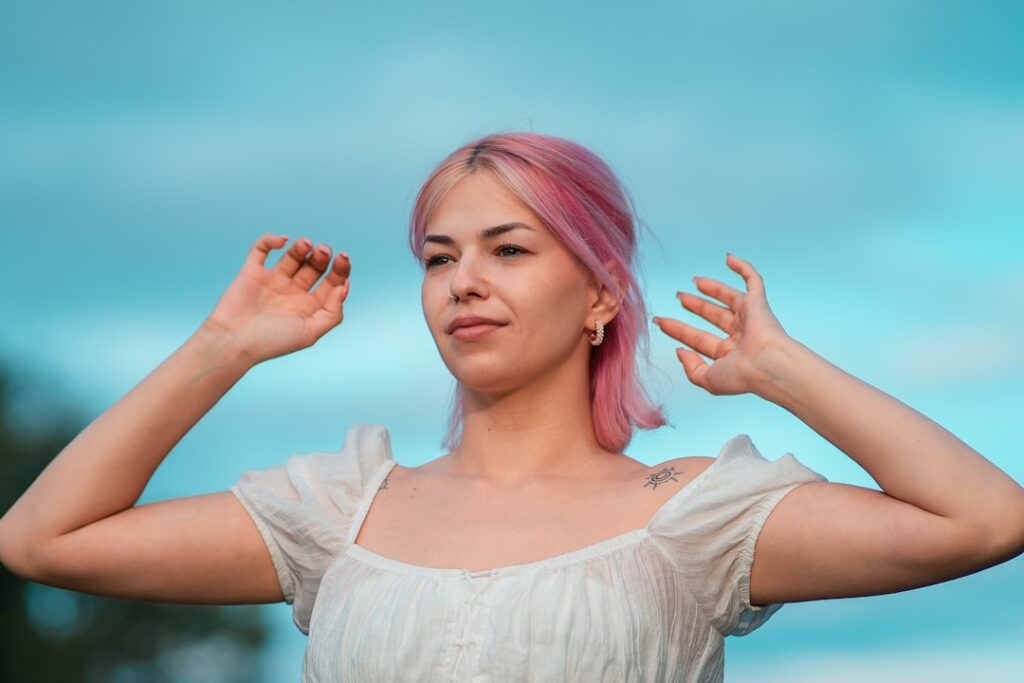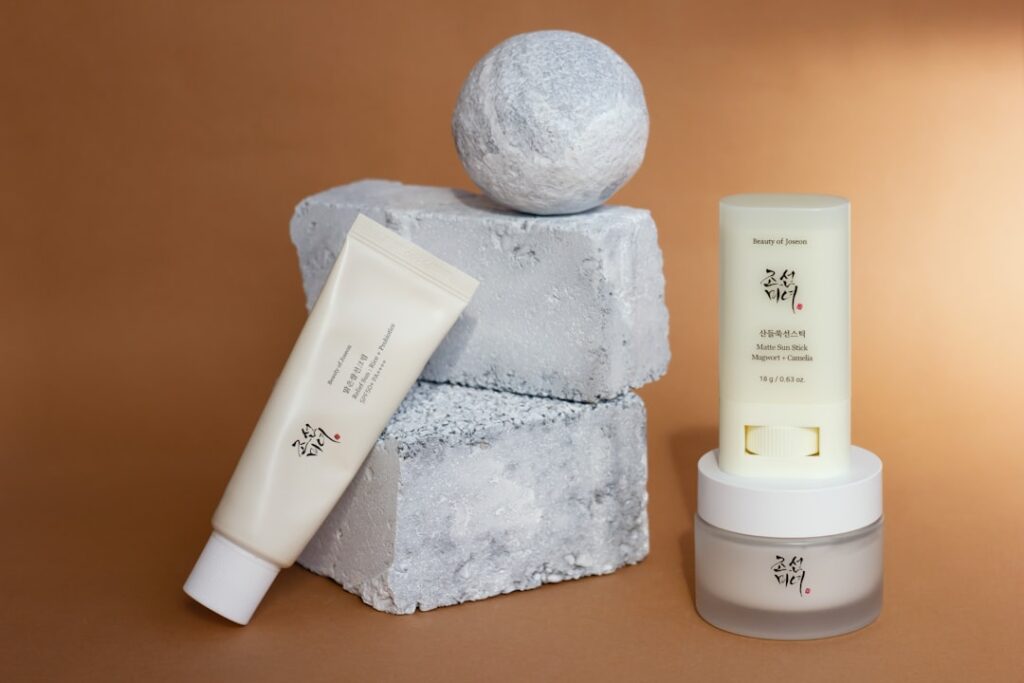Unlock Your Potential: Essential Workouts for Longevity
Have you ever looked at an older person who radiates vitality – someone still hiking trails, playing with grandchildren with boundless energy, or mastering new skills well into their golden years? What’s their secret? While genetics play a role, a significant, often underestimated factor is their commitment to physical activity. As we navigate the journey of life, many of us worry about the inevitable decline that aging can bring. But what if you could actively shape that journey, not just extending your years but enhancing their quality? This is where understanding and implementing effective **workouts for longevity** becomes not just beneficial, but truly transformative.
The promise of a longer life is increasingly within reach, yet the quality of those extra years often remains a concern. The stark reality is that without proactive measures, our bodies tend to betray us, leading to a diminished capacity for the activities we love. This isn’t just about avoiding illness; it’s about preserving our independence, joy, and ability to engage fully with life.
The Silent Saboteur: How Inactivity Accelerates Aging
The human body is an incredible machine designed for movement. When we neglect this fundamental need, the consequences are profound and accelerate the aging process in ways that impact our physical, mental, and emotional well-being. This isn’t merely a feeling of being “out of shape”; it’s a cascade of physiological changes that undermine our vitality.
The primary culprit is often sarcopenia, the age-related loss of muscle mass and strength. After age 30, we can lose 3-8% of our muscle mass per decade, a rate that accelerates significantly after 60. This isn’t just about looking weaker; it compromises metabolism, balance, and overall functional capacity. Alongside this, bone density diminishes, leading to an increased risk of osteoporosis and fractures. Our cardiovascular system also becomes less efficient, making everyday tasks feel more arduous.
Beyond the physical, inactivity contributes to cognitive decline, increasing the risk of conditions like Alzheimer’s and other forms of dementia. It fuels chronic inflammation, a known driver of numerous age-related diseases, from heart disease to certain cancers. The impact on mental health is equally significant, with sedentary lifestyles often correlating with higher rates of anxiety and depression. We are living longer than ever before, but without attention to physical health, many face a future where their “healthspan” (the number of years lived in good health) falls far short of their “lifespan.” This gap isn’t inevitable; it’s largely preventable.
[Image Suggestion: An infographic showing the decline of muscle mass, bone density, and metabolic rate over time with age in sedentary individuals vs. active individuals.]
The Science of Staying Vibrant: What Longevity Workouts Deliver
Fortunately, the science is clear: regular physical activity can not only slow down but often reverse many age-related declines. It’s an investment with incredible returns, providing a multifaceted shield against the ravages of time.
* **Muscle Preservation and Strength:** Resistance training is a powerful antidote to sarcopenia, helping to build and maintain muscle mass, even in older adults. Stronger muscles mean better balance, greater independence, and a more robust metabolism. A comprehensive review and meta-analysis published in *Sports Medicine* in 2022 highlighted that resistance training significantly improves muscular strength, power, and functional capacity in older adults, directly impacting their quality of life and ability to perform daily activities (Lopez et al., 2022).
* **Bone Health:** Weight-bearing exercises stimulate bone remodeling, leading to increased bone density and reducing the risk of osteoporosis and debilitating fractures.
* **Cardiovascular Resilience:** Aerobic exercises strengthen the heart and lungs, improve circulation, and help manage blood pressure, cholesterol, and blood sugar levels, drastically cutting the risk of heart disease, stroke, and type 2 diabetes.
* **Sharper Cognition:** Physical activity boosts blood flow to the brain, stimulates the growth of new brain cells, and enhances connections between existing ones. This translates to improved memory, focus, and problem-solving skills, safeguarding against cognitive decline.
* **Enhanced Balance and Flexibility:** Exercises focusing on balance and flexibility are critical for preventing falls, which are a major cause of injury and loss of independence in older adults.
* **Mood Elevation and Stress Reduction:** Exercise is a natural antidepressant and anxiolytic, releasing endorphins that improve mood and reduce stress hormones.
The National Institute on Aging (NIA), part of the U.S. National Institutes of Health, emphasizes that regular exercise is one of the most effective ways to maintain physical and cognitive health as we age, preventing chronic diseases and improving overall well-being (National Institute on Aging, n.d.).
Building Your Age-Stronger Regimen: Key Pillars of Longevity Fitness
Crafting an effective fitness plan for longevity means embracing a holistic approach that targets various aspects of physical health. It’s not about being an elite athlete; it’s about consistent, intentional movement.
Strength Training: Your Anti-Aging Powerhouse
Strength training is non-negotiable for anyone aiming to age stronger. It’s the closest thing we have to a “fountain of youth” in terms of physical capacity.
* **Why it Matters:** Preserves muscle mass, boosts metabolism, strengthens bones, improves functional strength for daily tasks.
* **How to Start:** Begin with bodyweight exercises like squats (to a chair), lunges, push-ups against a wall, and planks. As you get stronger, incorporate resistance bands, dumbbells, or kettlebells.
* **Progression:** Aim for 2-3 sessions per week, targeting all major muscle groups. Gradually increase resistance, repetitions, or sets as you get stronger. Don’t be afraid to lift challenging weights – progressive overload is key for muscle growth.
* **Examples:**
* **Lower Body:** Squats, lunges, glute bridges, calf raises.
* **Upper Body:** Push-ups (on knees or wall), overhead presses (with light weights), rows (with bands or weights).
* **Core:** Planks, bird-dog, dead bugs.
Cardiovascular Fitness: The Heart of the Matter
A healthy heart is fundamental to a long, active life. Cardiovascular exercise keeps your circulatory system efficient and robust.
* **Why it Matters:** Strengthens heart and lungs, improves stamina, regulates blood pressure and sugar, boosts brain health.
* **Types:** Brisk walking, cycling, swimming, dancing, hiking, jogging.
* **Intensity and Duration:** Aim for at least 150 minutes of moderate-intensity aerobic activity or 75 minutes of vigorous-intensity activity per week. Moderate intensity means you can talk but not sing; vigorous means you can only say a few words.
* **Consistency:** Break it into shorter 10-minute bouts if needed, or spread it throughout the week. The key is regular engagement.
Flexibility & Balance: Agility for Everyday Life
Often overlooked, these elements are crucial for maintaining mobility, preventing falls, and enhancing overall quality of life.
* **Why it Matters:** Reduces stiffness, improves range of motion, significantly lowers the risk of falls, enhances coordination.
* **Practices:**
* **Stretching:** Gentle, sustained stretches for all major muscle groups, holding each for 20-30 seconds. Do this after your muscles are warm.
* **Yoga & Pilates:** Excellent for combining strength, flexibility, and balance with mindful breathing.
* **Tai Chi:** A powerful, low-impact practice renowned for improving balance and reducing fall risk in older adults.
* **Balance Exercises:** Single-leg stands, heel-to-toe walking, standing on unstable surfaces (like a pillow).
The Power of Consistency: Making Fitness a Lifestyle
The best workout plan is the one you stick to. Psychology plays a huge role here.
* **Start Small, Build Up:** Don’t aim for perfection immediately. A 10-minute walk is better than no walk.
* **Find Your Joy:** Choose activities you genuinely enjoy. If you hate running, don’t force it. Try dancing, gardening, or team sports.
* **Schedule It:** Treat your workouts like important appointments. Put them on your calendar.
* **Accountability:** Work out with a friend, join a class, or hire a coach.
* **Listen to Your Body:** Rest days are crucial. Pushing too hard leads to injury and burnout.
[Image Suggestion: An infographic detailing a sample weekly exercise schedule incorporating strength, cardio, flexibility, and balance exercises.]
Real Stories of Resilience: Embracing a Longer, Healthier Life
Consider the fictional but highly realistic journey of Eleanor, a retired librarian from Vermont. At 68, Eleanor found herself increasingly stiff, struggling with stairs, and concerned about her decreasing independence. Her doctor recommended more activity, but she felt intimidated by gyms. Starting small, she began with daily walks around her neighborhood, gradually extending the distance.
Eleanor then joined a local “Senior Fit” class twice a week, focusing on bodyweight strength exercises and gentle stretching. Within six months, she noticed remarkable changes. “I could climb the stairs without clutching the railing,” she recalls. “My balance improved so much I wasn’t constantly worried about tripping on uneven sidewalks. And honestly, the best part was the social connection; exercising with others gave me a real boost.”
Her transformation caught the attention of Dr. Lena Hanson, a gerontologist at a regional health center, who noted Eleanor’s improvements during a follow-up. Dr. Hanson often advises her patients, “It’s never too late to start. The human body, regardless of age, retains an incredible capacity for adaptation and growth. Eleanor’s story perfectly illustrates that consistent, appropriate physical activity isn’t just about adding years to your life, but adding *life* to your years. Every step, every lift, every stretch is an investment in your future self.” This sentiment is echoed by experts at Harvard Health Publishing, who emphasize that the best exercise for aging is the one you enjoy enough to do consistently, combining aerobic and strength training (Harvard Health Publishing, 2023).
Beyond the Gym: Counterintuitive Insights for Lifelong Vitality
While structured workouts are paramount, achieving lifelong vitality extends beyond reps and cardio minutes. Here are some less obvious, yet incredibly potent, strategies:
* **Embrace “Movement Snacks”:** You don’t need a full hour. Short bursts of activity throughout the day – a few squats while waiting for the kettle to boil, walking during phone calls, taking the stairs – accumulate to significant benefits. Research shows these “movement snacks” can be just as effective for certain health markers as longer, sustained sessions. The key is to reduce overall sedentary time.
* **Prioritize Recovery and Sleep:** Exercise creates microscopic tears in muscle fibers, and true strength and growth happen during rest. Inadequate sleep and recovery hinder progress, increase injury risk, and elevate stress hormones. Think of recovery as an integral part of your training, not an optional extra.
* **The Social Connection of Movement:** Joining a fitness class, a walking group, or finding an exercise buddy doesn’t just provide accountability; it addresses the vital human need for social connection. Loneliness and social isolation are significant risk factors for premature mortality and cognitive decline, often rivaling the impact of physical inactivity. Exercise with others boosts both physical and mental health.
* **Mind-Body Integration:** Activities like Tai Chi, Yoga, or even mindful walking don’t just work your muscles; they train your brain to be present, reduce stress, and improve interoception (your body’s ability to sense its internal state). This mind-body synergy is crucial for overall well-being and resilience against age-related stress.
Embracing Your Prime: A Journey of Strength and Vitality
The journey of aging is an inevitable one, but its trajectory is not predetermined. We have the power to influence how we experience our later years, not just by avoiding decline, but by actively cultivating strength, resilience, and joy. The strategic implementation of workouts for longevity isn’t about chasing youth; it’s about honoring the incredible capacity of your body and mind to adapt, grow, and thrive at every stage of life.
By consistently integrating strength, cardiovascular fitness, flexibility, and balance into your routine, you’re not just building muscle or improving your heart health. You’re building a foundation for continued independence, cognitive sharpness, and emotional well-being. It’s about being able to lift your grandchildren, hike that beautiful trail, or simply enjoy the freedom of movement without limitation. So, take that first step, discover the activities that ignite your spirit, and commit to nurturing the most valuable asset you possess: your health. Your future self will thank you for it.
Author Bio
Dr. Alex Thorne, PhD, CSCS. Dr. Thorne is a certified strength and conditioning specialist with a doctorate in Exercise Physiology from the University of London. With over 15 years of experience in human performance and health coaching, his work focuses on evidence-based strategies for healthy aging, chronic disease prevention, and optimizing physical potential across the lifespan. He is a passionate advocate for lifelong movement and regularly consults with individuals and organizations on creating sustainable fitness and wellness programs.
Sources:
- National Institute on Aging. (n.d.). *Exercise and Physical Activity: Your Everyday Guide*. Retrieved from https://www.nia.nih.gov/health/exercise-and-physical-activity/exercise-physical-activity-your-everyday-guide
- Lopez, P., Pinto, R. S., Machado, M., Ribeiro, N., & Cadore, E. L. (2022). Resistance Training for Older Adults: An Updated Systematic Review and Meta-analysis. *Sports Medicine*, 52(9), 2131-2150. https://link.springer.com/article/10.1007/s40279-022-01673-4
- Harvard Health Publishing. (2023, March 1). *What’s the best exercise for aging?*. Harvard Medical School. Retrieved from https://www.health.harvard.edu/staying-healthy/whats-the-best-exercise-for-aging





